ASTM D3330 – Standard Test Method for Peel Adhesion of Pressure-Sensitive Tape
ASTM D3330 specifies several test methods for determining the peel strength of Pressure Sensitive Adhesives (PSA).
There are 6 test methods called out in the specification.
Please Contact With Us For More Information
- Description
- Reviews (0)
- TECHNICAL SPECIFICATIONS
Description
ASTM D3330 – Standard Test Method for Peel Adhesion of Pressure-Sensitive Tape
ASTM D3330 specifies several test methods for determining the peel strength of Pressure Sensitive Adhesives (PSA).
There are 6 test methods called out in the specification.
Procedures A-D are pretty similar with only minor differences that reference the type of tape, for instance single-coated or double-coated.
All involve peeling a tape off of a substrate (usually a metal plate) at 180 degrees.
Test method F is slightly different and involves peeling the tape at 90 degrees using a specialized fixturethat moves throughout the test.
The speed of the test can vary, however most tests fall between 2 to 20 inches per minute.
There are some tests that are performed at a very high rate of 300 in/min however these tests are less reliable and are being phased out as people adopt more standard
testing procedures. These quicker tests are not covered under D3330.
*** PARSROS offers several types of grips and fixtures which will enable you to perform a variety of tests that are accurate and repeatable.
Geometry
Samples are generally 1 inch wide or about 25.4mm.
The tape must be pulled at least 6 inches during the peel test and the average peel strength is calculated after removing sections of the data from both the beginning and
the end of the test.
The minimum and maximum load are also commonly recorded.
ASTM D3330 – Solution
Vise grips with rubber inserts are used to hold the tape ends, as well as the edge of a stainless steel plate for the 180 degree method.
The plate must be constructed of stainless 302 or 304 with surface roughness 50nm +/- 25nm.
The plate must be replaced if there are any obvious scratches, discolorations or other flaws.
The 90 degree peel fixtures have the option of securing down a custom substrate or for simple testing the surface can be used.
The vulcanized rubber grip faces can be replaced by wrap grips if the specimen is having trouble and constantly breaking during the procedure.
ASTM D3330 is a rather simple pull test and can be performed with a relatively low feature single column tensile machine.
ASTM D3330 – Analysis
The calculations for these peel tests are quite simple. Average peel strength is given by taking an average of the force required to peel the sample.
Figures are usually given as lbs. per inch of peeling force. Some instances may occur where the tape is wider or thinner than 1 inch.
For these cases, the proper calculation must be made in order to factor in the change in width.
There are few other analyses beyond average peel strength. Technicians and scientists may wish to tabulate data between tests and samples such as standard
deviations, and min/max data points.
Similar Specifications
ASTM D903 – Assorted Peel Tests
ASTM D1876 – T-Peel (Trouser Method)
ASTM D3167 – Floating Roller Peel Fixture
ASTM D1781 – Climbing Drum Peel Fixture
ASTM D6862 – 90 Degree Peel Test Fixture
Please contact with our engineers so that we can find and offer Best Universal Tensile Test Machines , Grips , Jaws and Other Accessories for your operations


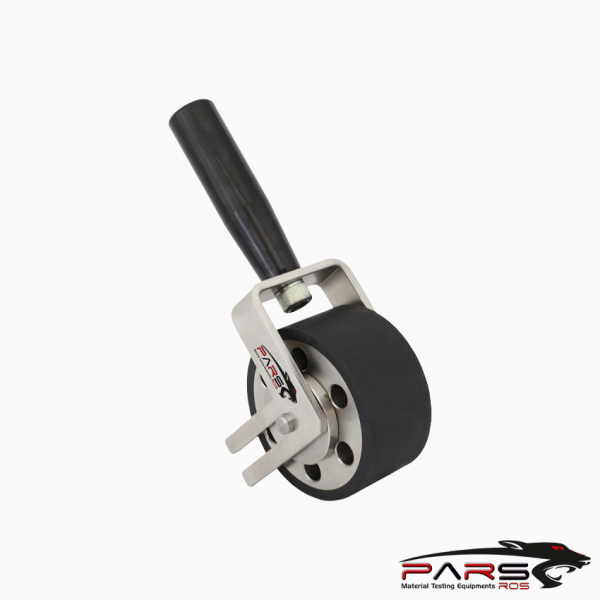
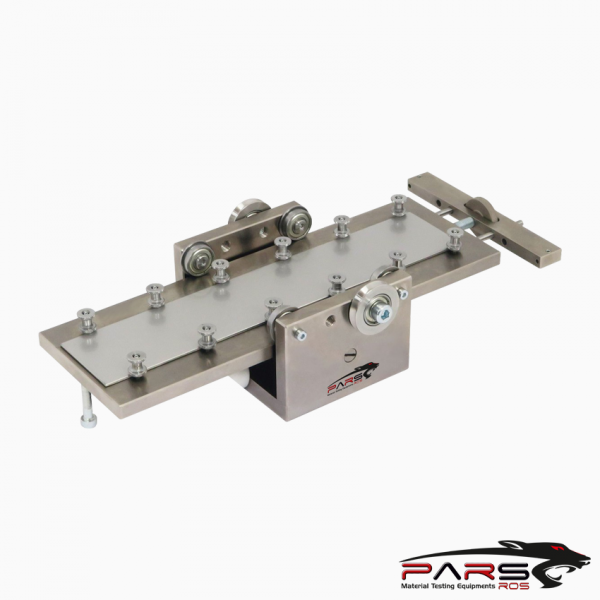
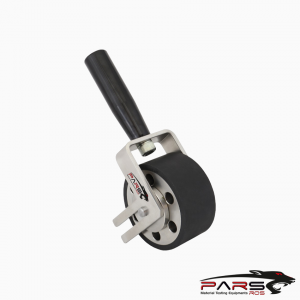
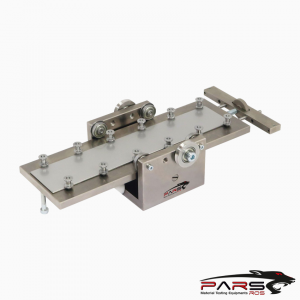
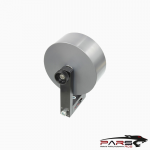
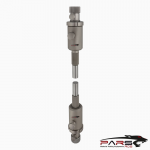
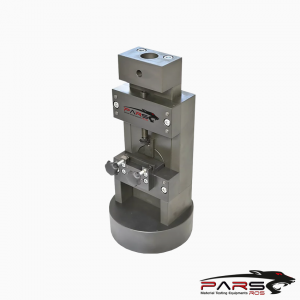
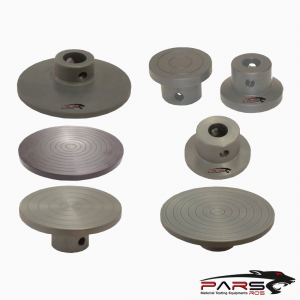
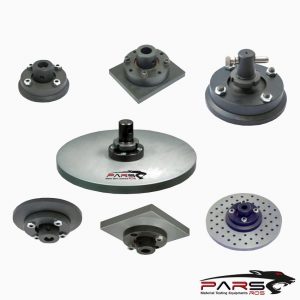
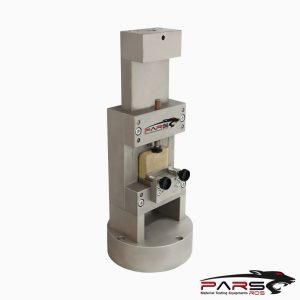
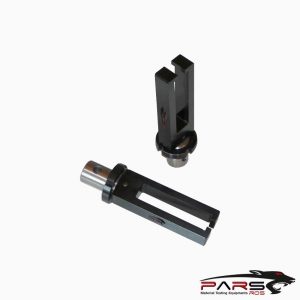
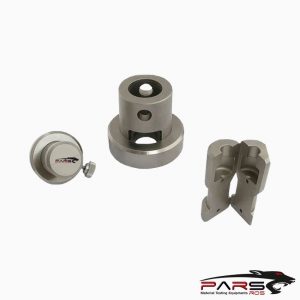
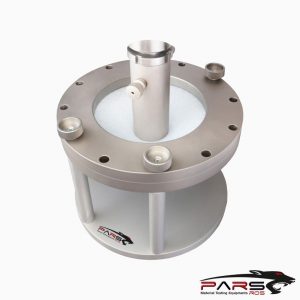
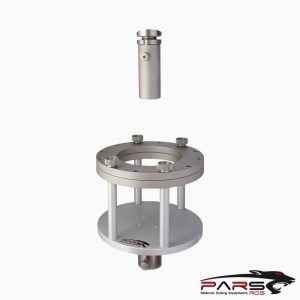
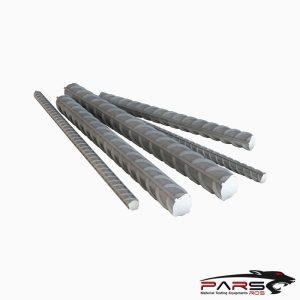
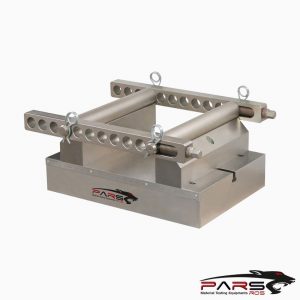
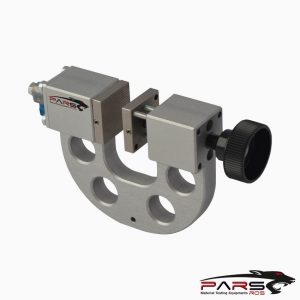
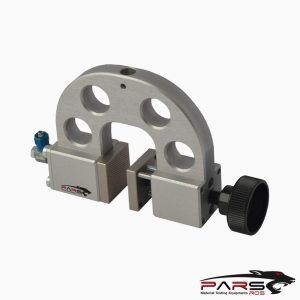
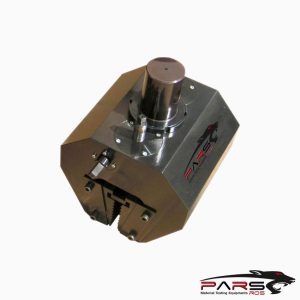
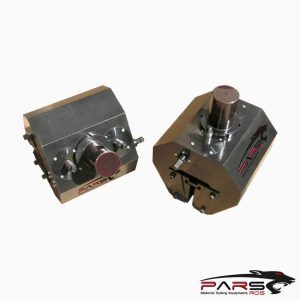
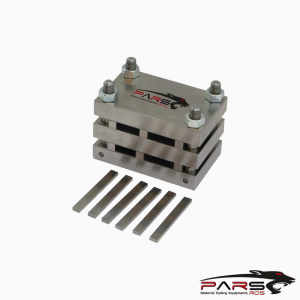
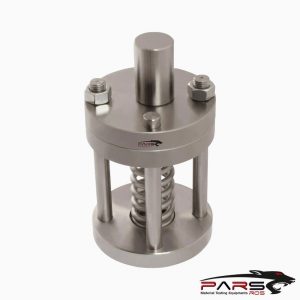
Leave a Reply
You must be logged in to post a comment.